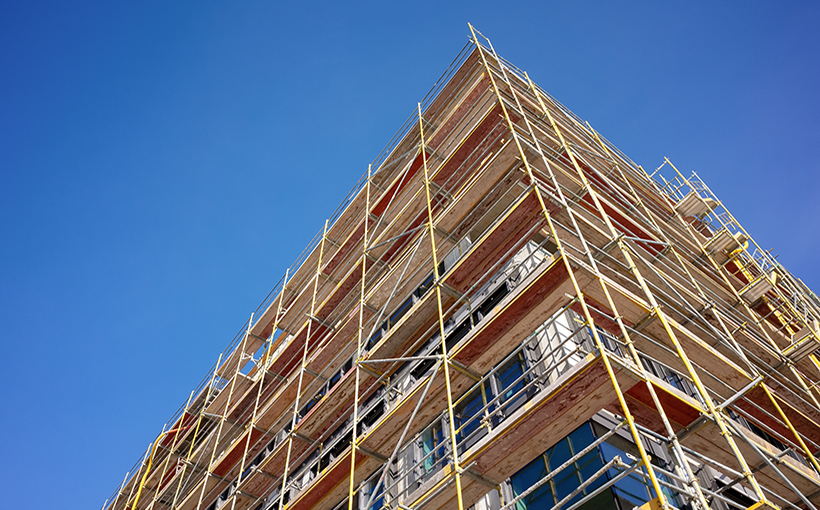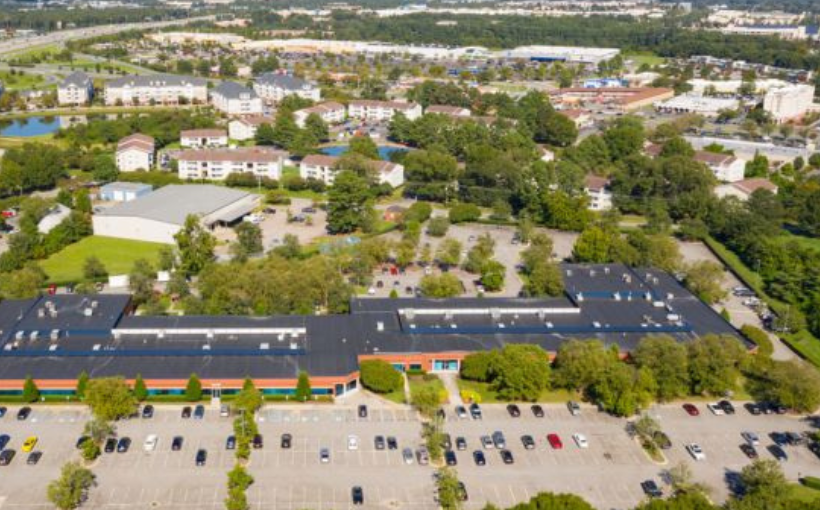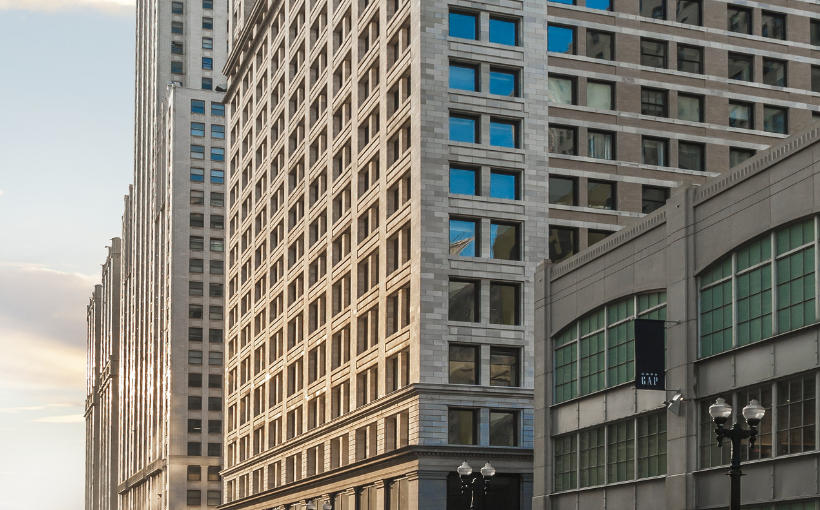Opportunistic properties may initially appear lacking in certain aspects. However, once acquired and invested in, they have the potential to significantly increase in value. In a recent article by JLL, Tim Graham of the company’s International and Strategic Capital division stated that there is growing interest from investors towards opportunistic purchases.
This trend can be seen through various institutional investments such as Crow Holdings raising $3.7 billion for their U.S. value-add real estate strategy, Pennybacker Capital closing their sixth U.S. value-add fund at $1.6 billion with contributions from major pension funds like Texas Permanent School Fund and New York State Teachers’ Retirement System, and Revelop’s Swedish value-add fund raising over SEK2.4 billion ($231 million). Additionally, according to the ANREV/INREV/PREA Investment Intentions Survey , 56% of respondents expressed a preference for value-add strategies.
Graham explained that investors are seeking out strategies that offer strong risk-adjusted returns due to rising return requirements caused by higher debt costs.
The next question is where this influx of capital will be directed towards specifically; Graham believes it will depend on macroeconomics and market dynamics influenced by interest rates.
However,the office sector could potentially see an increase in activity as tenant expectations continue to evolve with hybrid work models becoming more prevalent.The article notes that while prime office assets may have been repriced during this time period,the cost required for renovations has likely been exaggerated creating opportunities for those looking into short term investments.JLL Senior Director,Capital Markets EMEA & UK Research & Strategy Cameron Ramsey also adds “Average asset quality is much better than it was a decade ago,and any perceived gap between revalued prime office assets,such as London or Paris,and renovation costs may present opportunities.”
Ramsey predicts most transactions within this sector would likely fall within €50 million-€100 million ($108million) price range.Anything above that could increase the risk of exit inherent with larger properties.
The article also mentions that value-add capital will likely be deployed once core buyers return to the market,as such “all eyes are on how core capital is behaving.”




